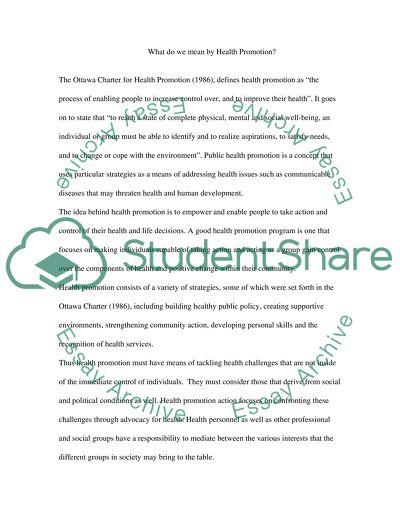Cite this document
(“An Analysis of Public Health Theory Underpinning Breastfeeding What is Essay”, n.d.)
An Analysis of Public Health Theory Underpinning Breastfeeding What is Essay. Retrieved from https://studentshare.org/health-sciences-medicine/1514769-an-analysis-of-public-health-theory-underpinning-breastfeeding-what-is-public-health
An Analysis of Public Health Theory Underpinning Breastfeeding What is Essay. Retrieved from https://studentshare.org/health-sciences-medicine/1514769-an-analysis-of-public-health-theory-underpinning-breastfeeding-what-is-public-health
(An Analysis of Public Health Theory Underpinning Breastfeeding What Is Essay)
An Analysis of Public Health Theory Underpinning Breastfeeding What Is Essay. https://studentshare.org/health-sciences-medicine/1514769-an-analysis-of-public-health-theory-underpinning-breastfeeding-what-is-public-health.
An Analysis of Public Health Theory Underpinning Breastfeeding What Is Essay. https://studentshare.org/health-sciences-medicine/1514769-an-analysis-of-public-health-theory-underpinning-breastfeeding-what-is-public-health.
“An Analysis of Public Health Theory Underpinning Breastfeeding What Is Essay”, n.d. https://studentshare.org/health-sciences-medicine/1514769-an-analysis-of-public-health-theory-underpinning-breastfeeding-what-is-public-health.


